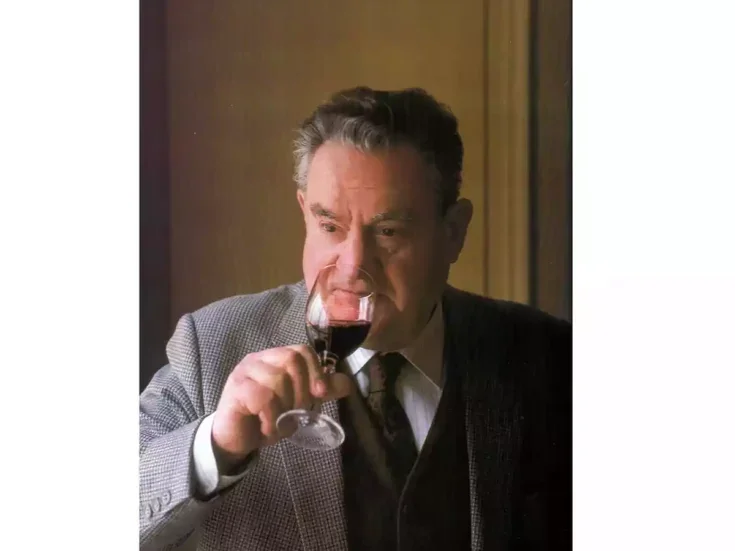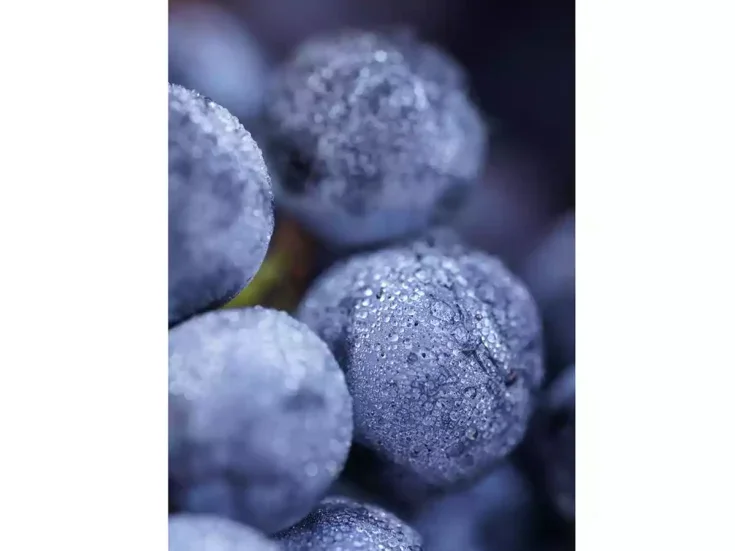by Joel B Payne
More than other countries in Europe, Germany has benefited from global warming. At the northern limit of Vitis vinifera, the country had only a few good vintages each decade. But since the 1990s it has enjoyed an almost unbroken string of fine to excellent years, including 2009.
Pfalz
With 23,400 ha (56,800 acres), the Pfalz is Germany’s second-largest growing region. Although Pinot Noir can be excellent, the Mittelhaardt is better known as a source for dry Riesling. The vintage there could hardly have been better. A cool spring through flowering ensured a natural selection of loosely set berries. After a mild summer with just enough rain, the weather was warm and dry, with cool nights, from August through harvest.
After the recent turbulence, this was a classic German vintage — and most of the producers finished picking by mid-October. Even in such outstanding vintages as 2005, quality producers culled 10 to 30 percent of the grapes before harvest to ensure no rotting clusters entered the fermentation vats. But that was not necessary this year. Many are already comparing 2009 to excellent years such as 2005, 1997, and 1992. Although crop levels are down slightly over 2008 and 2007, many of the better producers will make more wine because they did not need to make severe selections. As the grapes were as ripe as in 2007, but with acidities closer to 2001, the wines should also be long-lived. . Rheinhessen
With 26,300ha (64,200 acres), Rheinhessen is Germany’s largest growing region. Slightly north of the Pfalz, the weather until fall was similar, providing excellent conditions for early-ripening varities like Pinot Blanc, Pinot Gris, and Pinot Noir. However, light rains in late September brought pockets of botrytis that posed potential problems for the late-ripening Riesling, especially for dry wines. Winemakers like Hans-Oliver Spannier thinned their crops and did not harvest their finest vineyards until early November. Others, such as Klaus-Peter Keller, have selected the botrytized grapes for Spätlese and Auslese. On the whole, crop levels are down by 30 percent over 2008, with Riesling harder hit than Silvaner or Pinot Blanc. In style, most producers expect the wines to resemble 2007 and 2001 – both vintages known for bracing acidity, density, and purity of fruit.
Rheingau
Small at 3,000ha (7,400 acres), the Rheingau is just north of Rheinhessen. Overlooking a unique stretch of the Rhine, where the river flows from east to west, all of the vineyards face south, with the sunlight reflecting off the water to provide extra warmth. Weather conditions here were like those in the Pfalz, with harvest starting in early October after a warm, dry September with cool nights. Given the early flowering, this provided 115 days of hang time, allowing the grapes to reach full physiological maturity without losing their vibrant acidity.
For that reason, many of the “simple” Rieslings were harvested with must weights close to those of a Spätlese. The grapes for the finest dry wines were harvested a week to ten days later at even higher ripeness. On the whole, volumes should be similar to 2008.
Nahe
With 4,000ha (9,900 acres), the Nahe is a contorted mirror of the Rheingau. A confluent of the Rhine flowing from west to east, it spills into the larger river near Bingen, where both then change course and flow northward. Although the crush began here in late September, the better producers had only just begun to harvest their Rieslings when a warm weather front blew through from October 6th to 12th, bringing 40mm (1.6inches) of rain. Many were worried that rot would follow, but the ensuing cool weather and bright sunshine concentrated the still healthy, ripe grapes. Nonetheless, well-defined pockets of botrytis in some vineyards allowed a number of wineries to produce noble late-harvest wines with must weights of over 200° Oechsle. At the best estates, volume is down by 40 percent, but Werner Schönleber is convinced that “quality will be significantly better than in 2008.”
Mosel
In the northern reaches of Germany’s vineyard area, grapes in the Mosel’s 9,000ha (22,200 acres) of vineyard ripen even later than in the Rheingau, and the harvest takes place over a longer period, many producers harvesting their finest wines well into November. Given the geographical complexity of the Mosel, with its confluents the Saar and Ruwer, it is difficult to provide a general picture of overall quality, but the region enjoyed a similar summer to the Rheingau. The Saar had more rain in the spring at flowering, which considerably lowered yields; the Mosel had a touch more rain in the summer.
However, almost all vineyards profited, with even cooler areas reporting must weights as high as those in the warmer sites that are generally considered better. In fact, top estates harvested little or nothing below 90° Oechsle, which is an Auslese here. Given the low yields, ripe aromas, and high must weights paired with crisp acidities, Nik Weiss speaks of a “Saar vintage”, but it remains to be seen whether the conditions persist to make the noble late-harvest wines for which the region is known.
Conclusion
Despite the excellent weather conditions, it remains to be seen whether the wines will live up to expectations. Generally speaking, in vintages like this the average quality is high, but occassionally the finest Rieslings emerge from vintages in which the top estates had to struggle. That was certainly the case in 2008, which was not as consistent as 2007, but produced some superior wines. Whatever happens, it already seems clear that it should be a vintage to buy with the utmost confidence.






